Perfecting the Art of Quilting: A Guide
Quilting is more than just a hobby; it's a passion that allows you to express your creativity while creating something truly beautiful and functional. Whether you're snuggling under a quilt on a chilly night or gifting one to a loved one, the art of quilting brings warmth and comfort into our lives. This article provides a comprehensive overview of quilting techniques, materials, and tips that will enhance your quilting skills. Whether you're a beginner taking your first stitches or an experienced quilter looking to refine your craft, there's something here for everyone.
Before diving into the world of quilting, it's essential to grasp the fundamental concepts that lay the groundwork for your quilting journey. This includes familiarizing yourself with the essential tools you'll need, the various types of fabrics available, and the basic stitching techniques that form the backbone of this timeless craft. Think of these basics as the foundation of a house; without them, your quilting projects may not stand the test of time.
When it comes to quilting, the fabric you choose can make or break your project. There are numerous options available, but some of the most popular fabric types include cotton, flannel, and batik. Each type of fabric has its own unique qualities, making it essential to select the best materials for your specific projects. For instance, cotton is a favorite among quilters due to its durability and ease of handling, while flannel offers a cozy feel perfect for warmer quilts. Batik fabrics, known for their vibrant colors and intricate patterns, can add a unique flair to your designs.
One of the most critical steps in quilting is the pre-washing of your fabrics. This process is vital for preventing shrinkage and color bleeding, ensuring that your finished quilt retains its beauty and integrity over time. Imagine putting in hours of work only to have your quilt warp or lose its vibrant colors after the first wash—definitely not an ideal scenario!
To effectively pre-wash your fabrics, consider these best practices:
- Water Temperature: Use warm water to help remove any chemicals or sizing used in the manufacturing process.
- Detergents: Opt for a gentle, color-safe detergent to preserve the fabric's integrity.
- Drying Techniques: Air-dry your fabrics whenever possible to prevent any additional shrinkage from the heat of the dryer.
While pre-washing is generally a good practice, there are situations where it may not be necessary. For instance, if you're working with specialty fabrics that have specific care instructions or if your quilt will not be washed frequently, you might decide to skip this step. Knowing when to take shortcuts can save you time and effort, allowing you to focus on what you love most—quilting!
Having the right tools is crucial to enhancing your efficiency and accuracy while quilting. Some must-have tools include rotary cutters, rulers, and cutting mats. These tools not only make cutting fabric easier but also ensure that your pieces fit together perfectly, much like a jigsaw puzzle. Investing in quality tools can elevate your quilting experience, making it more enjoyable and less frustrating.
Once you've got the basics down, it's time to delve into various quilting techniques. From traditional hand quilting to modern machine quilting methods, each style has its own unique charm and benefits. Choosing the right technique is like selecting the perfect brush for a painting; it can significantly impact the outcome of your project.
When considering hand quilting versus machine quilting, it’s essential to weigh the benefits and challenges of each method. Hand quilting offers a tactile experience, allowing for a deep connection with your work, while machine quilting can save you time and provide a more uniform finish. Ask yourself: What do you value more—tradition or efficiency? Your answer will guide you in selecting the right approach for your quilting goals and lifestyle.
Finally, what’s quilting without some inspiration? Explore a variety of quilting patterns and design ideas that can elevate your projects. From classic patchwork designs to intricate appliqué patterns, the possibilities are endless. Think of your quilt as a canvas where you can paint your story through fabric and thread. So, unleash your creativity and let your imagination run wild!
Q: What is the best fabric for beginners?
A: Cotton is often recommended for beginners due to its ease of use and availability.
Q: How do I fix a mistake in my quilt?
A: Depending on the mistake, you may be able to carefully unpick stitches or cover it with an appliqué. Don't be afraid to get creative!
Q: Can I quilt without a sewing machine?
A: Absolutely! Hand quilting is a traditional method that many people still enjoy today.
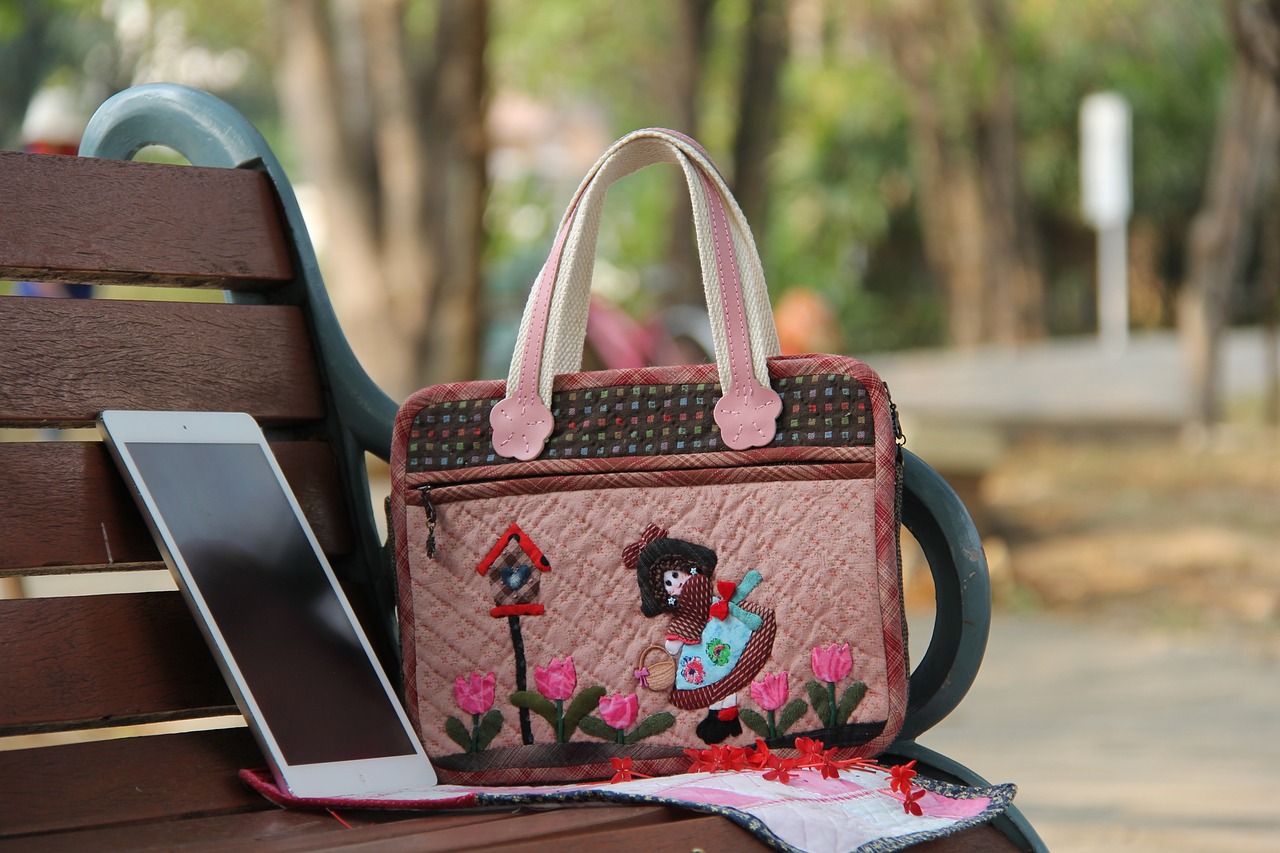
Understanding Quilting Basics
Quilting is not just a craft; it's a beautiful blend of art and skill that has been cherished for centuries. To truly appreciate this timeless tradition, it’s essential to grasp the basic concepts that form the backbone of quilting. Whether you're a novice eager to dive in or a seasoned quilter looking to brush up on your skills, understanding these fundamentals will set you on the path to creating stunning quilts.
First and foremost, let’s talk about the tools of the trade. Every quilter needs a solid arsenal of tools to make the process smoother and more enjoyable. Here are some essentials:
- Rotary Cutter: This handy tool is a game-changer, allowing you to cut fabric with precision and ease.
- Cutting Mat: Protect your surfaces and extend the life of your blades with a quality cutting mat.
- Quilting Ruler: A clear ruler with measurements helps ensure your cuts are straight and accurate.
- Needles and Thread: The right needles and thread can make a significant difference in the quality of your stitches.
Now, let’s dive into the types of fabrics you’ll encounter. Cotton is the most popular choice for quilting due to its durability and wide range of prints and colors. However, don’t overlook other options like flannel, which adds warmth and texture, or batik, known for its vibrant colors and unique patterns. Each fabric type brings its own character to your quilt, so choose wisely!
Have you ever wondered about the stitching techniques? The foundation of any quilt lies in the stitches. The three most common techniques include:
- Hand Quilting: This traditional method involves sewing the layers together by hand, offering a personal touch.
- Machine Quilting: Perfect for those who want to speed up the process, this method uses a sewing machine to stitch layers together.
- Longarm Quilting: If you’re looking to create larger quilts, consider using a longarm quilting machine for efficiency and precision.
Understanding these basics will not only enhance your skills but also ignite your creativity. As you familiarize yourself with the tools, fabrics, and techniques, you’ll find yourself more confident in your quilting journey. Remember, every quilter has a unique style, so don't hesitate to experiment and find what resonates with you!
In conclusion, the world of quilting is vast and exciting, filled with endless possibilities to express your creativity. As you embark on this journey, keep these basics in mind, and you'll be well on your way to crafting beautiful quilts that tell your unique story.
Q: What is the best fabric for beginners?
A: Cotton is highly recommended for beginners due to its ease of use and availability in a wide range of colors and patterns.
Q: Do I need to pre-wash my fabric?
A: Pre-washing is advisable to prevent shrinkage and color bleeding, ensuring your quilt remains vibrant and intact after washing.
Q: How long does it take to complete a quilt?
A: The time it takes to complete a quilt varies widely based on its complexity, size, and your skill level. It can range from a few days to several weeks.
Q: Can I quilt without a sewing machine?
A: Absolutely! Hand quilting is a traditional method that many quilters enjoy, allowing for a personal touch in every stitch.
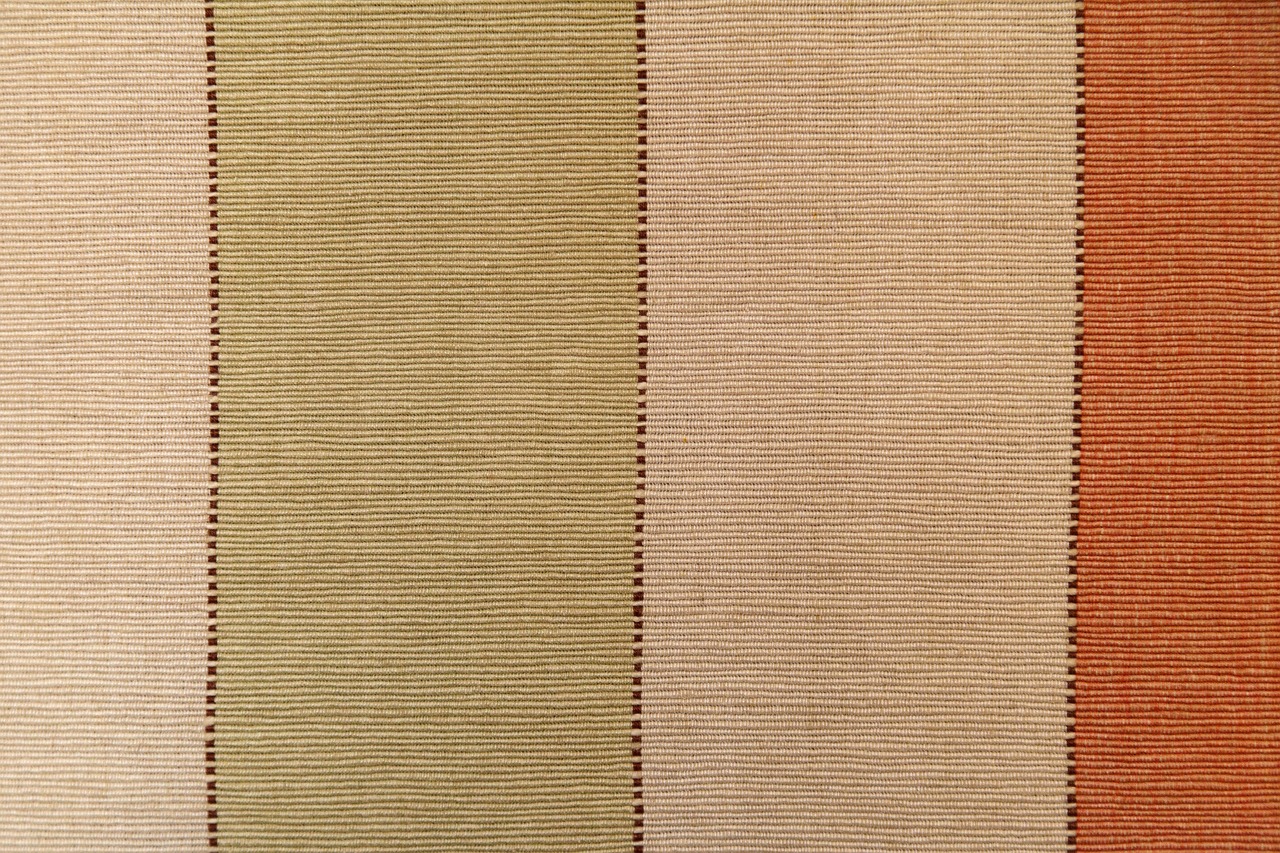
Choosing the Right Fabrics
When it comes to quilting, can make all the difference between a stunning masterpiece and a disappointing project. The fabric you select not only affects the visual appeal of your quilt but also its durability and comfort. So, how do you navigate the vast ocean of fabric options available today? Let’s dive into the world of quilting fabrics and uncover the secrets to making the best choices for your quilting endeavors.
First and foremost, cotton is the most popular choice among quilters, and for good reason! It’s versatile, easy to sew, and comes in an endless array of colors and patterns. Cotton fabrics hold their shape well, making them ideal for piecing and quilting. If you’re aiming for a classic look, cotton is your go-to option. However, you might also want to consider flannel for a cozier feel. Flannel is soft and warm, perfect for quilts intended for snuggling up on chilly nights. Just remember, flannel can stretch more than cotton, so you’ll want to take extra care when cutting and sewing.
Another exciting option is batik fabric, known for its vibrant colors and unique patterns created through a wax-resist dyeing process. Batiks can add a touch of artistry to your quilts, making them stand out. However, they may require some extra attention when it comes to washing and care. When selecting your fabrics, consider the theme and mood you want to convey in your quilt. Are you going for a bright, cheerful vibe or something more subdued and elegant? Understanding the emotional impact of your fabric choices can elevate your quilt from ordinary to extraordinary.
Now, let’s talk about fabric weight and texture. Fabrics come in various weights, which can significantly influence the drape and feel of your quilt. For example, lightweight fabrics are great for intricate piecing, while heavier fabrics can provide structure and warmth. Additionally, the texture of the fabric plays a crucial role in the final outcome. Mixing different textures can create visual interest and depth in your quilt. Just imagine the contrast between a smooth cotton and a fluffy chenille—this kind of combination can take your quilt to the next level!
Before you make your fabric choices, consider the practical aspects as well. Think about how often the quilt will be used and washed. If it’s going to be a frequently used item, you might want to opt for fabrics that are durable and easy to care for. On the other hand, if it’s a decorative quilt that will be displayed, you can indulge in more delicate fabrics without worrying about wear and tear.
To help you visualize your options, here’s a quick comparison table of some popular quilting fabrics:
| Fabric Type | Characteristics | Best For |
|---|---|---|
| Cotton | Versatile, holds shape, wide variety | General quilting, piecing |
| Flannel | Soft, warm, cozy | Blankets, baby quilts |
| Batik | Vibrant, unique patterns | Art quilts, decorative pieces |
In conclusion, the fabric you choose is a vital part of the quilting process. It sets the tone for your project and influences the overall outcome. So, take your time, explore different options, and don’t be afraid to mix and match! With the right fabrics in hand, you’re well on your way to creating a quilt that not only looks fantastic but also tells a story.
- What is the best fabric for beginners? Cotton is highly recommended for beginners due to its ease of use and availability.
- Can I mix different fabric types in one quilt? Absolutely! Just make sure to consider the weight and texture differences to ensure they work well together.
- How do I know if a fabric is suitable for quilting? Look for fabrics that are 100% cotton or a cotton blend, as these are typically the most quilting-friendly.
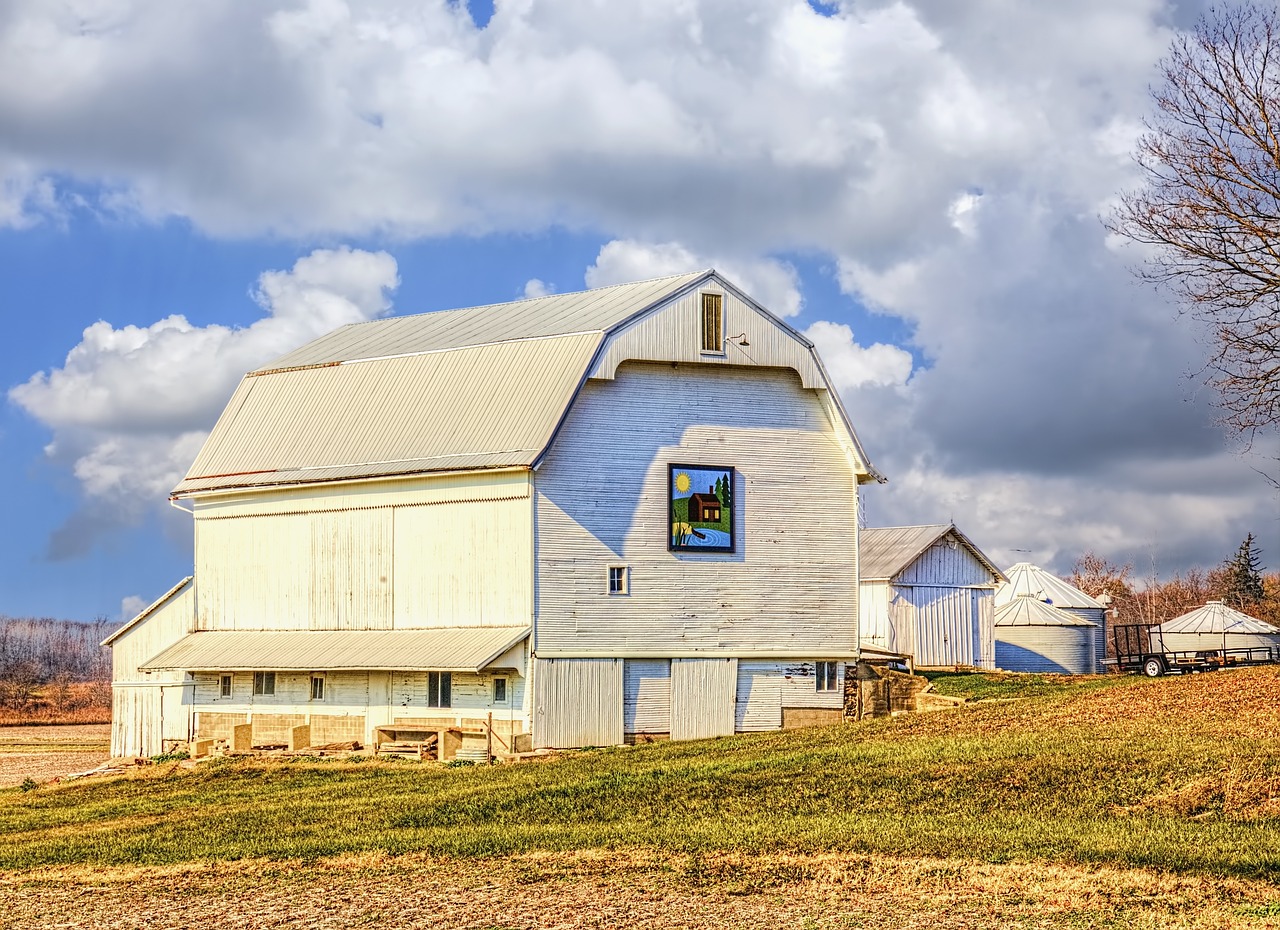
Fabric Pre-Washing Techniques
When it comes to quilting, one of the most crucial yet often overlooked steps is pre-washing your fabrics. You might be wondering, "Why should I go through the hassle?" Well, imagine putting all your time and effort into creating a beautiful quilt, only to have it shrink or bleed colors after the first wash. Pre-washing is your safeguard against these potential disasters. By washing your fabrics beforehand, you ensure that any shrinkage or dye bleeding happens before you even start sewing, allowing your finished quilt to maintain its beauty and integrity.
So, how do you go about pre-washing your fabrics? The process is relatively straightforward but can vary based on the type of fabric you're using. Generally, you want to use warm water for cotton fabrics, as it helps to remove any sizing or chemicals that might be present. For more delicate materials like silk or specialty fabrics, cold water is often the best choice to avoid damage. Always remember to read the care label on your fabric; it’s like a roadmap to keeping your fabric in top shape!
After washing, it’s important to dry your fabrics correctly. For cotton, tumble drying on a low setting is usually effective, but air drying is a great alternative if you want to be extra cautious. This method helps to preserve the fabric's quality while also allowing you to inspect it for any issues, such as color bleeding or uneven shrinkage.
Here are some best practices to keep in mind when pre-washing your quilting fabrics:
- Use a gentle detergent: Opt for a mild detergent to avoid damaging the fibers.
- Test for colorfastness: Before washing, test a small swatch of fabric to see if the colors bleed.
- Iron after washing: Iron your fabrics while they’re still slightly damp to help remove wrinkles and make cutting easier.
While pre-washing is generally recommended, there are situations where you might consider skipping this step. For instance, if you're working with specialty fabrics designed to be colorfast, such as batiks, pre-washing may not be necessary. Additionally, if you know that your quilt will not be washed frequently, you might choose to forgo the pre-wash. Just remember, skipping this step can be a gamble; weigh the pros and cons based on your specific project!
In conclusion, pre-washing your fabrics is a small step that can have a huge impact on the longevity and appearance of your quilt. By taking the time to wash and prepare your materials, you're setting yourself up for success. So, grab those fabrics and get them ready for the sewing machine – your future quilt will thank you!
Q: Is it necessary to pre-wash all types of fabric?
A: While it's generally a good practice for most fabrics, some specialty fabrics are designed to be colorfast and may not require pre-washing. Always check the fabric care label.
Q: What should I do if my fabric bleeds color during pre-washing?
A: If your fabric bleeds, you may want to consider using a color catcher in future washes or choosing a different fabric for your project. Always test a small swatch first!
Q: Can I pre-wash my fabric with other laundry?
A: It's best to wash quilting fabrics separately to avoid any potential dye transfer from other items.
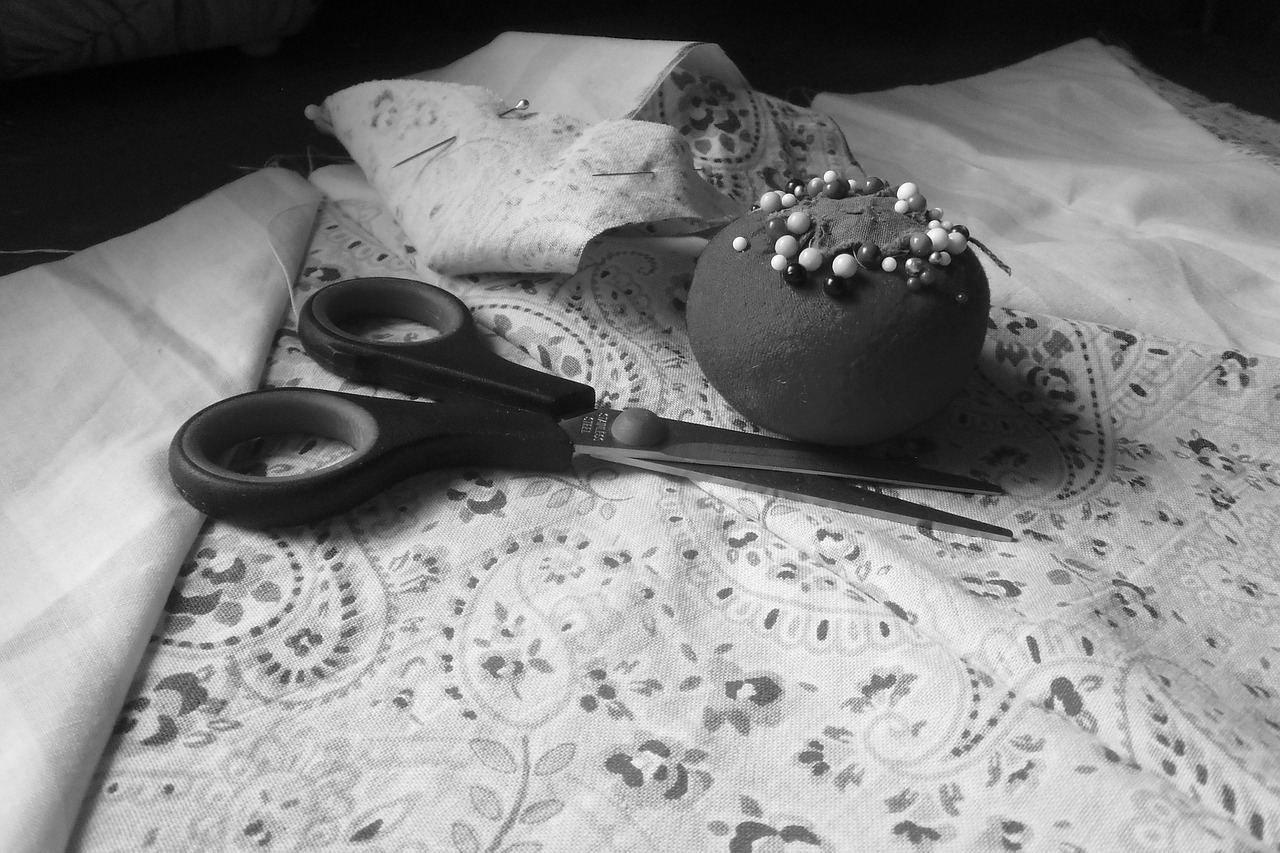
Best Practices for Pre-Washing
Pre-washing your fabrics before diving into the world of quilting is not just a suggestion; it's a crucial step that can save you from future headaches. Imagine spending hours crafting a beautiful quilt, only to have it shrink or bleed colors when washed for the first time. By following some best practices for pre-washing, you can ensure your quilt remains as stunning as the day you finished it.
First and foremost, consider the water temperature you’ll be using. Generally, warm water is recommended for most cotton fabrics, as it helps to remove any sizing or chemicals that may have been applied during manufacturing. However, be cautious with delicate fabrics like silk or certain blends; they may require cold water to prevent damage. A good rule of thumb is to always check the care label on your fabric before proceeding.
Next comes the choice of detergent. Opt for a gentle, color-safe detergent that won’t strip your fabric of its vibrancy. Avoid using fabric softeners during this process, as they can leave residues that affect how your fabric behaves during quilting. If you’re unsure, a simple, eco-friendly detergent can work wonders without compromising quality.
After washing, how you dry your fabric is equally important. If you want to preserve the fabric's quality and prevent excessive wrinkling, consider air drying or using a low heat setting in the dryer. High heat can cause cotton to shrink more than expected, so it’s best to err on the side of caution. If you do choose to tumble dry, remove the fabric while it’s still slightly damp and iron it to eliminate any stubborn wrinkles.
Lastly, if you’re working with multiple fabrics, it’s wise to wash them all together to ensure they react similarly in the wash. This way, you can avoid any surprises when it comes time to piece everything together. Remember, pre-washing is all about preparation and preservation, setting you up for success in your quilting journey.
- Why should I pre-wash my fabrics? Pre-washing helps to remove chemicals, prevents shrinkage, and avoids color bleeding when the quilt is washed later.
- Can I skip pre-washing? You might skip pre-washing for specialty fabrics or if the quilt won't be washed often, but it’s generally advisable to pre-wash.
- What temperature should I use for pre-washing? Warm water is typically best for cotton, but always check the care label for specific instructions.
- Is fabric softener okay to use when pre-washing? It’s best to avoid fabric softeners as they can leave residues that affect your fabric’s performance.

When to Skip Pre-Washing
While pre-washing fabrics is generally a good practice for most quilting projects, there are specific situations where you might want to consider skipping this step. For instance, if you're working with specialty fabrics like silk or rayon, pre-washing can sometimes alter their texture or sheen, leading to unexpected results in your final quilt. These fabrics are often more delicate and can shrink or lose their vibrant colors if washed improperly.
Another scenario to consider is when you are using batik fabrics. These fabrics are typically dyed using a wax resist method, which makes them less prone to bleeding. If you’re confident in the quality of your batik fabric, you might choose to forgo pre-washing, especially if the quilt will be more of a decorative piece rather than something that will undergo frequent washing.
Additionally, if your quilt is intended for a specific purpose, like a display piece or a gift that won't be washed often, skipping the pre-wash can save you time and effort. However, it's crucial to keep in mind that this might lead to some surprises down the road, such as unexpected shrinkage or color changes after the first wash.
Lastly, if you're working with fabric that has already been pre-shrunk or treated, such as some quilting cottons, you can confidently skip pre-washing. Always check the manufacturer’s label for any specific washing instructions, as this can save you from potential headaches later on. In summary, while pre-washing is a best practice for many quilters, understanding when to skip it can help tailor your approach to your unique projects.
- Q: What are the benefits of pre-washing fabrics?
A: Pre-washing helps to remove any chemicals from the fabric, prevents shrinkage, and reduces the risk of color bleeding. - Q: Can I skip pre-washing if I'm using 100% cotton?
A: While 100% cotton is generally safe to pre-wash, it’s advisable to do so to avoid any surprises after your quilt is completed. - Q: How do I know if a fabric needs to be pre-washed?
A: Check the fabric's care label and consider the type of fabric. If in doubt, pre-washing is often the safer choice. - Q: What if I don't have time to pre-wash?
A: If you're in a hurry, you can skip it, but be aware that your finished quilt may experience some shrinkage or color bleeding after the first wash.
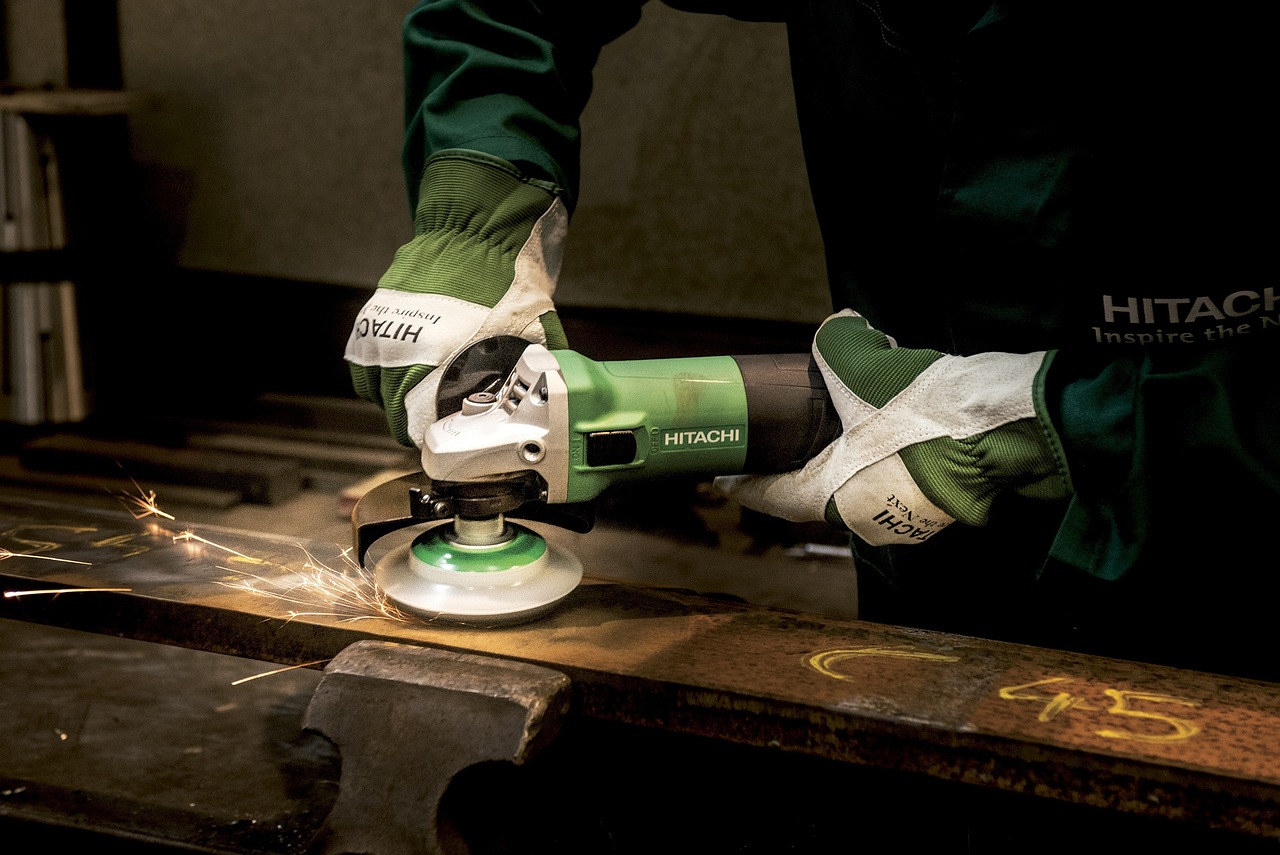
Essential Quilting Tools
When it comes to quilting, having the right tools is like having the right ingredients in a recipe; they can make or break your project! Whether you’re just starting out or you’ve been stitching for years, understanding the essential quilting tools can significantly enhance your creativity and efficiency. So, what are these magical tools that transform fabric into stunning quilts?
First and foremost, a rotary cutter is a must-have. This nifty tool allows you to cut fabric with precision and ease, making it a favorite among quilters. Pair it with a cutting mat and a ruler, and you’ll be slicing through fabric like a hot knife through butter! The cutting mat protects your surfaces and your blades, while the ruler ensures your cuts are straight and accurate. Trust me, trying to cut fabric without these tools is like trying to bake without measuring cups—chaotic!
Next, let’s talk about pins and clips. While some quilters swear by traditional pins, others prefer clips for their ease of use and ability to hold multiple layers of fabric together. It’s all about personal preference! Just remember, whatever you choose, they’re essential for keeping your pieces aligned as you sew. Imagine trying to assemble a puzzle without keeping the pieces in place—frustrating, right?
Another vital tool is the sewing machine. If you’re venturing into machine quilting, investing in a good-quality sewing machine can be a game-changer. Look for one that offers various stitch options, a walking foot, and a quilting foot. These features will make your quilting experience smoother and more enjoyable. And for those who love the traditional route, hand quilting needles and thread are equally important. The choice between machine and hand quilting often boils down to your personal style and project requirements.
Now, let’s not forget about ironing tools. A quality iron and an ironing board are essential for pressing seams and ensuring your quilt lies flat. Pressing is a crucial step in the quilting process, as it helps to set your seams and gives your quilt a professional finish. Think of it as the final touch of a chef plating a dish—it makes all the difference!
To wrap it up, here’s a quick overview of the essential quilting tools you should consider:
- Rotary Cutter
- Cutting Mat
- Ruler
- Pins or Clips
- Sewing Machine (or Hand Quilting Supplies)
- Iron and Ironing Board
With these tools in your arsenal, you’ll be well on your way to creating beautiful quilts that you’ll be proud to share with family and friends. Remember, the right tools can elevate your quilting experience, turning a simple hobby into a passionate craft. So, gather your supplies, and let your creativity flow!
Q: Do I need to buy all these tools at once?
A: Absolutely not! Start with the basics and gradually add to your collection as you become more comfortable with quilting.
Q: Can I use regular scissors instead of a rotary cutter?
A: While you can use scissors, a rotary cutter will provide cleaner, more precise cuts, especially for larger projects.
Q: What type of sewing machine is best for beginners?
A: Look for a machine that is user-friendly with basic stitch options. Many brands offer models specifically designed for beginners.
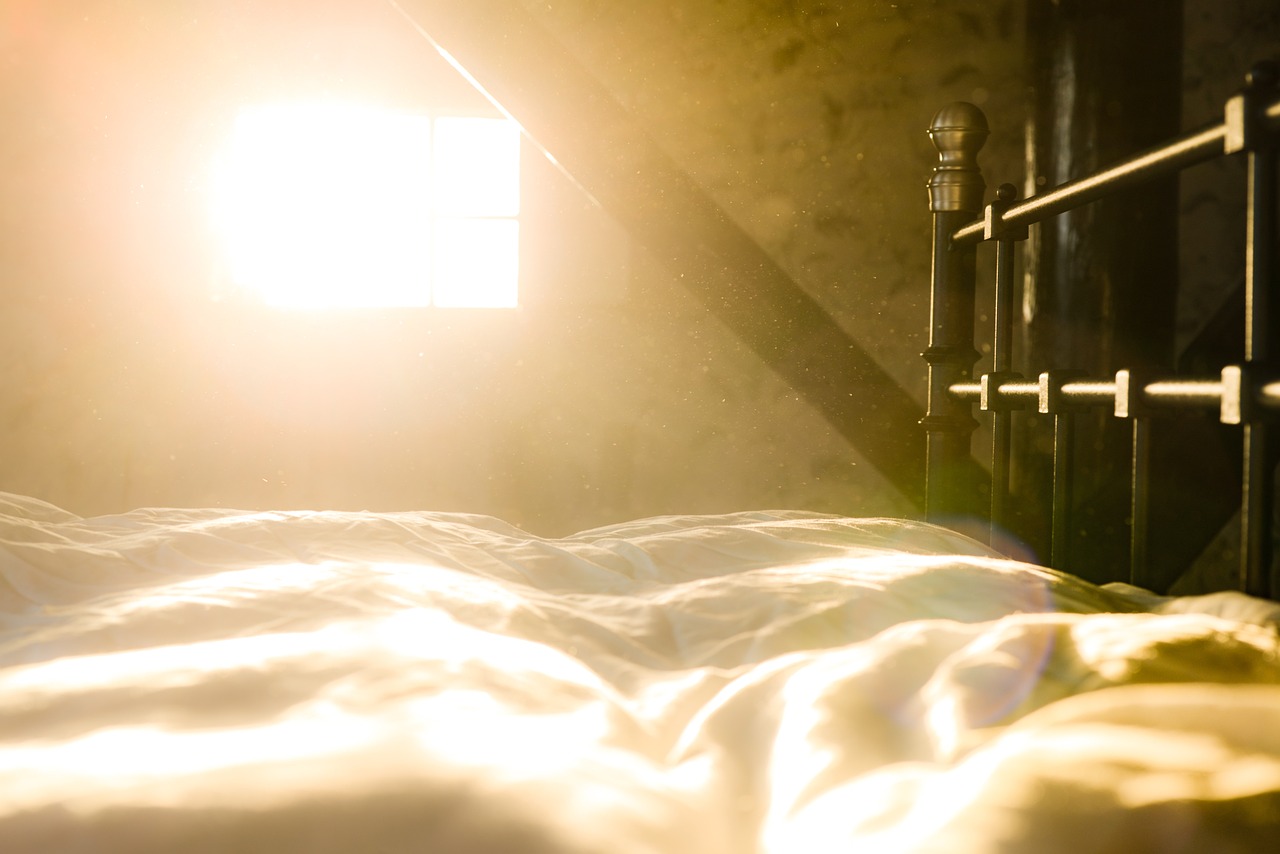
Mastering Quilting Techniques
Quilting is not just about stitching fabric together; it’s a vibrant tapestry of techniques that can elevate your creations to new heights. Whether you're a seasoned pro or a curious newbie, mastering these techniques will unlock a world of creativity and expression. Imagine transforming simple pieces of fabric into a stunning quilt that tells a story or evokes a feeling. Sounds exciting, right? So, let’s dive into the various quilting techniques that can help you do just that!
First off, let’s talk about the two primary methods of quilting: hand quilting and machine quilting. Each method has its own unique charm and set of challenges. Hand quilting is often seen as a labor of love. It allows for a personal touch, as each stitch is made by your own hands. This method can be therapeutic, providing a meditative experience as you sew. On the flip side, it can be time-consuming, especially for larger projects.
On the other hand, machine quilting is all about efficiency. With a sewing machine, you can cover a lot of ground in a short amount of time. It opens up a plethora of creative possibilities, including intricate designs that might be challenging to achieve by hand. But, it’s essential to have a good understanding of your machine and practice your technique to avoid common pitfalls such as uneven stitching or fabric bunching.
Here’s a quick comparison to give you a clearer picture:
| Technique | Advantages | Challenges |
|---|---|---|
| Hand Quilting |
|
|
| Machine Quilting |
|
|
Now that you have a grasp of the two main techniques, let’s explore some popular quilting patterns and design ideas. Patterns can range from classic patchwork to intricate appliqué designs. Patchwork is a favorite among quilters because it allows you to play with different fabrics and colors, creating a unique visual experience. It’s like piecing together a beautiful puzzle. Appliqué, on the other hand, involves sewing one piece of fabric onto another, adding depth and texture to your quilt. This technique can bring your designs to life, making them pop with personality.
When it comes to choosing a pattern, think about the story you want your quilt to tell. Are you looking for something modern and bold, or do you prefer a more traditional aesthetic? The beauty of quilting lies in its versatility; you can always mix and match techniques and patterns to create something that truly reflects your style.
Lastly, remember that practice makes perfect. Don’t be afraid to experiment with different techniques and designs. Each quilt is a new opportunity to learn and grow as a quilter. So, grab your fabric, choose your technique, and let your creativity flow!
1. What is the best technique for beginners?
If you're just starting out, machine quilting might be the way to go. It allows for quicker results and is generally easier to learn. However, don't shy away from hand quilting if you're drawn to it; just keep in mind that it requires more patience.
2. Can I mix hand and machine quilting?
Absolutely! Many quilters combine both techniques in their projects. For example, you can machine quilt the main body of the quilt and hand quilt the borders or details.
3. How do I choose the right fabric for my quilting project?
Choosing fabric depends on the look and feel you want for your quilt. Cotton is a popular choice due to its durability and ease of use, but don’t hesitate to explore other options like flannel or batik for different textures and designs.
4. What should I do if I make a mistake while quilting?
Mistakes are part of the learning process! Depending on the error, you can often fix it by unpicking stitches or adjusting your fabric. Remember, every quilter has been there!
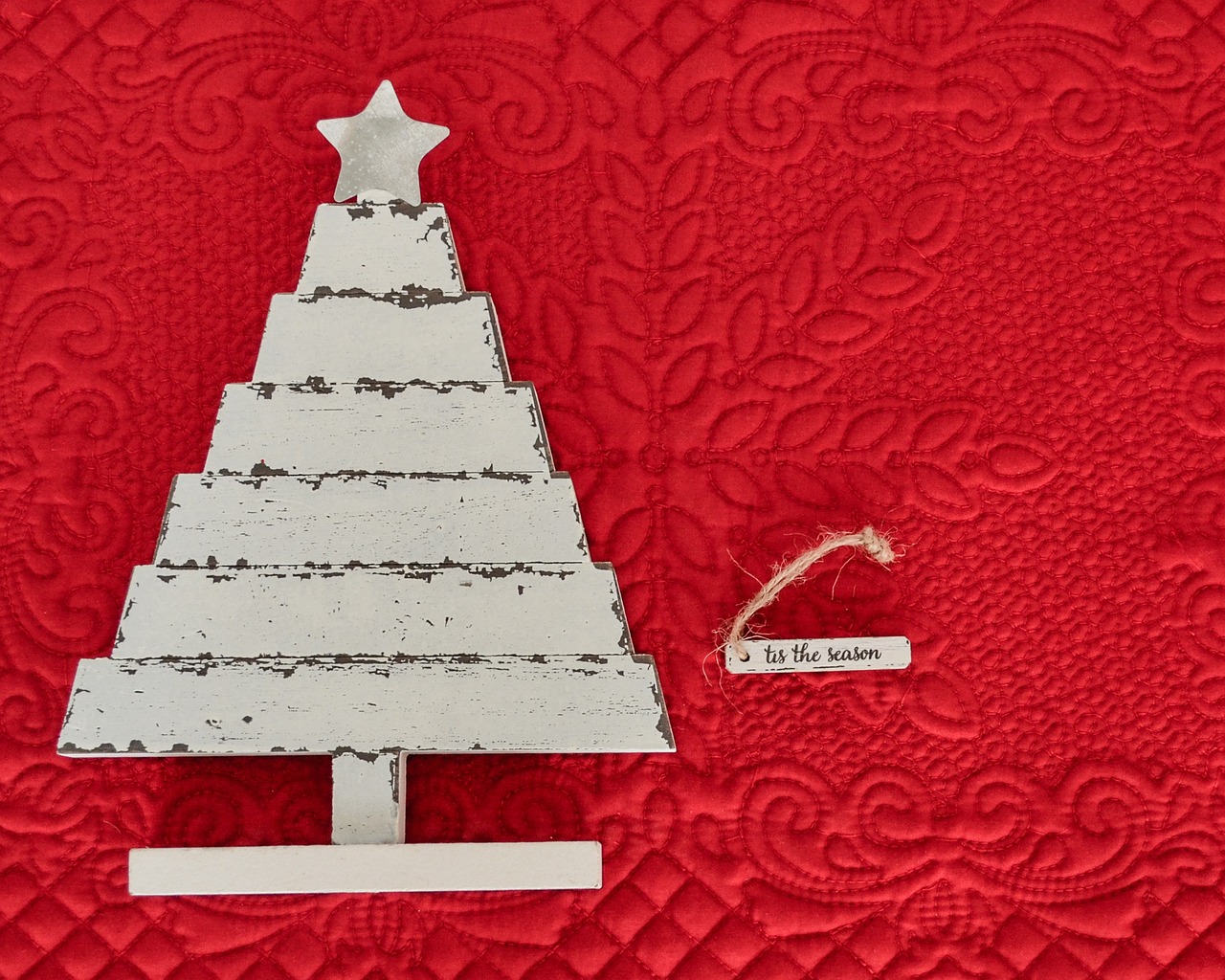
Hand Quilting vs. Machine Quilting
When it comes to quilting, one of the most debated topics among enthusiasts is whether to embrace the traditional charm of hand quilting or the efficiency of machine quilting. Each method has its own unique appeal, and the choice often boils down to personal preference, time constraints, and the desired outcome of your quilt. Hand quilting is like a slow dance, where each stitch is a note in a beautiful melody, allowing for a deep connection between the quilter and the fabric. It’s an intimate process that many find meditative. On the other hand, machine quilting is akin to a fast-paced rhythm, perfect for those who want to see their creations come to life quickly without sacrificing quality.
Let’s break down some of the key differences between these two methods:
| Aspect | Hand Quilting | Machine Quilting |
|---|---|---|
| Time | More time-consuming, often taking weeks or months. | Faster, can complete a quilt in hours or days. |
| Skill Level | Requires patience and a steady hand. | Requires familiarity with sewing machines, but can be learned quickly. |
| Detail | Allows for intricate designs and personal touches. | Can achieve consistent stitching and patterns easily. |
| Portability | Can be done anywhere, requires minimal tools. | Requires a sewing machine and power source. |
Hand quilting often results in a quilt that feels more personal and unique, as each stitch is a reflection of the quilter’s journey. Many find joy in the process itself, as it offers a chance to slow down and appreciate the artistry involved. However, it can be physically demanding, especially for larger quilts, and may not be practical for those who want to produce multiple quilts in a shorter time frame.
On the flip side, machine quilting opens up a world of efficiency. With advancements in technology, modern sewing machines come equipped with features that allow for intricate patterns and designs that would take an eternity to achieve by hand. This method is particularly appealing for quilters who are looking to create quilts for gifts or for sale, as it significantly reduces the time spent on each project. Plus, machine quilting can provide a level of precision that is hard to replicate by hand.
Ultimately, the choice between hand quilting and machine quilting is a personal one. Some quilters find joy in alternating between the two methods, using hand quilting for smaller, more special projects and machine quilting for larger, everyday quilts. What matters most is that you enjoy the process, whether you’re stitching by hand or zipping through with a machine.
As you embark on your quilting journey, consider what resonates more with you. Are you drawn to the artistry and tradition of hand quilting, or does the speed and efficiency of machine quilting appeal to your lifestyle? There’s no right or wrong answer—just a world of creativity waiting for you to explore!
- Can I combine both hand and machine quilting? Absolutely! Many quilters use a combination of both methods to achieve their desired results.
- What is the best method for beginners? Beginners may find machine quilting easier to learn, but hand quilting can be a great way to develop a feel for the fabric.
- How do I choose between the two? Consider your goals, the time you have available, and the type of quilt you want to create.
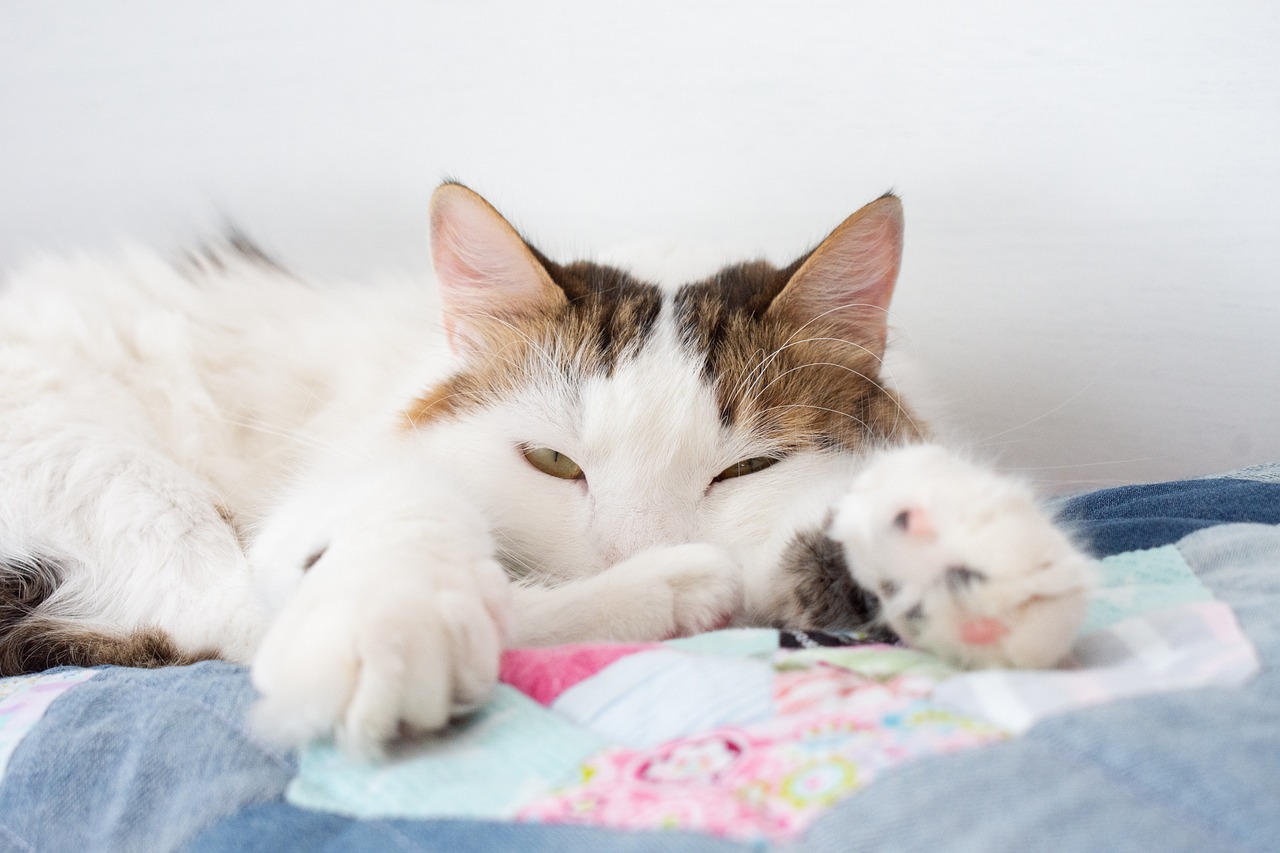
Quilting Patterns and Design Ideas
When it comes to quilting, the patterns and design ideas you choose can truly make or break your project. Think of your quilt as a blank canvas, waiting to be filled with colors, shapes, and stories. Whether you're creating a cozy throw for your living room or a stunning wall hanging, the right design can transform a simple quilt into a piece of art. So, what are some popular patterns and ideas that can inspire your next quilting adventure?
One of the most beloved patterns in the quilting community is the patchwork quilt. This classic design allows you to mix and match various fabric scraps, creating a beautiful mosaic of colors and textures. It's like a puzzle where each piece contributes to the overall picture. You can experiment with different shapes, such as squares, triangles, or even hexagons, to give your quilt a unique flair. The beauty of patchwork lies in its versatility; you can keep it simple or get creative with intricate layouts.
Another exciting option is the appliqué technique, where you stitch fabric shapes onto a larger piece of fabric. This method opens the door to endless possibilities, from floral motifs to whimsical designs. Imagine a quilt adorned with playful animals or delicate flowers, each telling a story of its own. Appliqué allows you to add dimension and detail to your quilt, making it a true reflection of your personality and style.
If you're looking for something modern, consider exploring geometric patterns. These designs focus on clean lines and bold shapes, perfect for those who appreciate a contemporary aesthetic. Think of triangles arranged in a mesmerizing pattern or circles that create a sense of movement. Geometric quilts often play with color and negative space, resulting in striking visuals that can elevate any room.
For those who love a challenge, intricate quilting designs such as feathered wreaths or swirling motifs can be incredibly rewarding. These designs require patience and skill, but the payoff is a quilt that showcases your dedication and artistry. It’s like climbing a mountain; the journey may be tough, but the view from the top is breathtaking.
To help you visualize your options, here's a quick comparison table of popular quilting patterns:
| Pattern Type | Description | Skill Level |
|---|---|---|
| Patchwork | Mixes various fabric pieces to create a cohesive design. | Beginner to Intermediate |
| Appliqué | Involves stitching fabric shapes onto a base fabric. | Intermediate |
| Geometric | Focuses on bold shapes and modern aesthetics. | Intermediate to Advanced |
| Intricate Designs | Features detailed stitching patterns for embellishment. | Advanced |
Lastly, don't forget to let your imagination run wild! Sometimes the best ideas come from simply playing with your fabric and seeing what speaks to you. You might find inspiration in nature, art, or even the architecture around you. Remember, quilting is not just about following patterns; it’s about expressing yourself and enjoying the process. So gather your materials, let the creative juices flow, and watch as your quilting masterpiece comes to life!
- What is the best fabric for beginners? Cotton is highly recommended for beginners due to its ease of handling and variety of patterns.
- How do I choose a quilting pattern? Consider your skill level, the purpose of the quilt, and your personal style when selecting a pattern.
- Can I mix different fabric types? Yes, but be cautious as different fabrics can behave differently when washed or stitched.
- What tools do I need to start quilting? Essential tools include a rotary cutter, cutting mat, quilting ruler, and sewing machine or hand sewing supplies.
Frequently Asked Questions
- What are the basic tools I need to start quilting?
To kick off your quilting journey, you'll need some essential tools. These include a rotary cutter, a cutting mat, quilting rulers, and a good pair of fabric scissors. Don’t forget about pins and a seam ripper—trust me, they’ll save you a lot of heartache!
- How do I choose the right fabric for my quilt?
Choosing the right fabric can feel overwhelming, but it doesn’t have to be! Cotton is a popular choice due to its durability and ease of use. Flannel is great for cozy quilts, while batik offers vibrant colors and unique patterns. Always consider the quilt's purpose and your personal style!
- Should I pre-wash my fabrics before quilting?
Pre-washing your fabrics is generally a good idea to prevent shrinkage and color bleeding. It helps maintain the integrity of your quilt. However, if you’re working with specialty fabrics or plan to use the quilt for decorative purposes only, you might skip this step.
- What are some effective methods for pre-washing fabrics?
When pre-washing, use cold or warm water with a gentle detergent. Avoid bleach, as it can damage the fabric. After washing, hang your fabric to dry or tumble dry on low heat. This will help preserve the quality and prevent any unwanted surprises later!
- What is the difference between hand quilting and machine quilting?
Hand quilting offers a personal touch and can be quite meditative, but it’s time-consuming. Machine quilting, on the other hand, is faster and can produce intricate designs with ease. It really depends on your preference and the time you want to invest in your project!
- Can you recommend some quilting patterns for beginners?
Absolutely! For beginners, simple patterns like patchwork or the nine-patch quilt are fantastic starting points. They allow you to practice your cutting and sewing skills without overwhelming you. As you gain confidence, you can explore more intricate designs!
- How can I improve my quilting skills?
Practice makes perfect! Try new techniques, join quilting groups, or watch online tutorials. Don't be afraid to make mistakes—they're part of the learning process. Also, experimenting with different fabrics and patterns can really help you grow as a quilter!



















